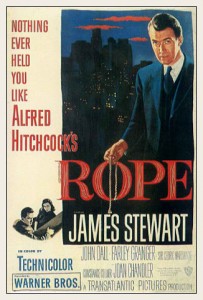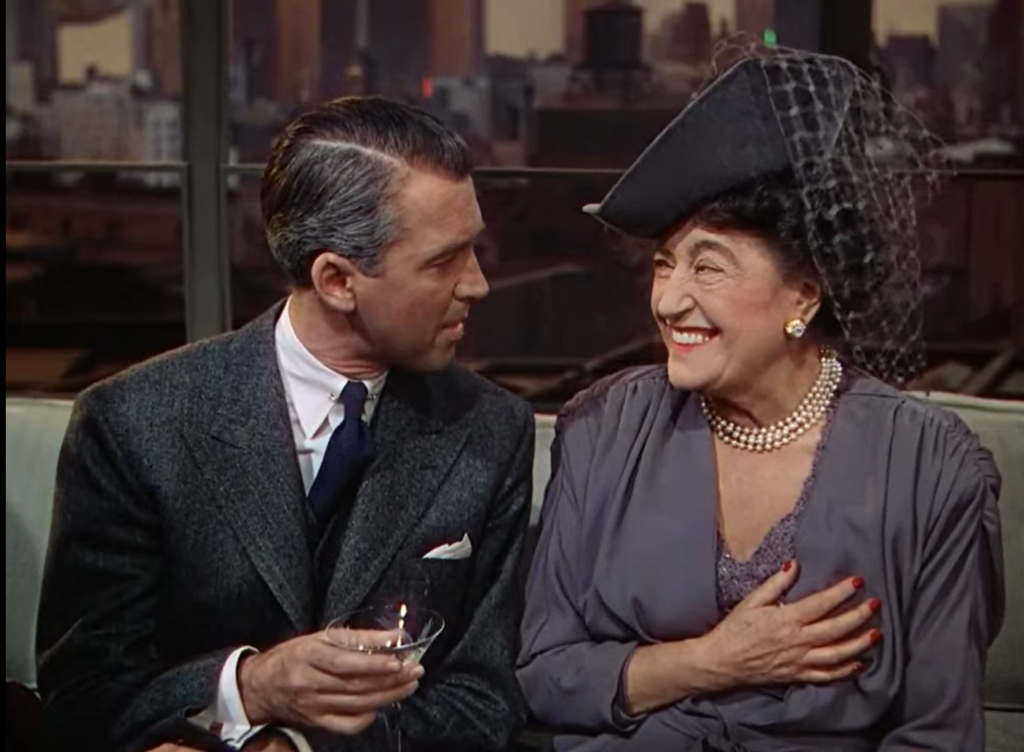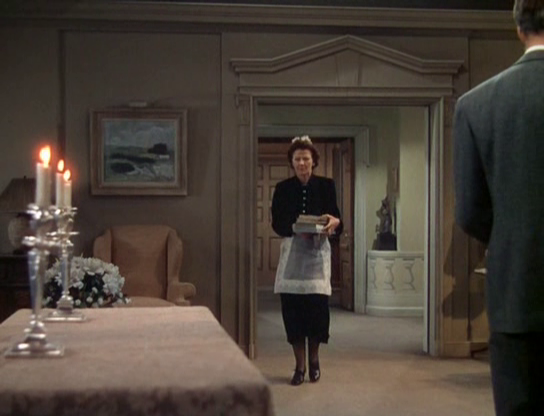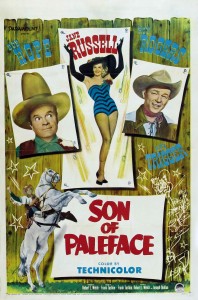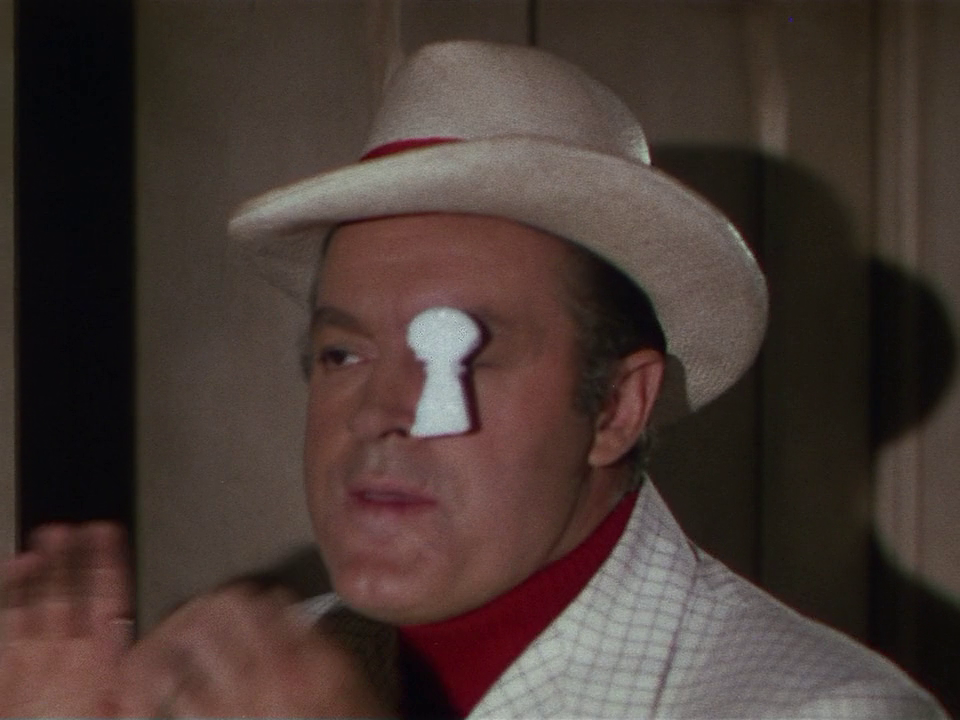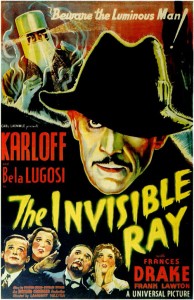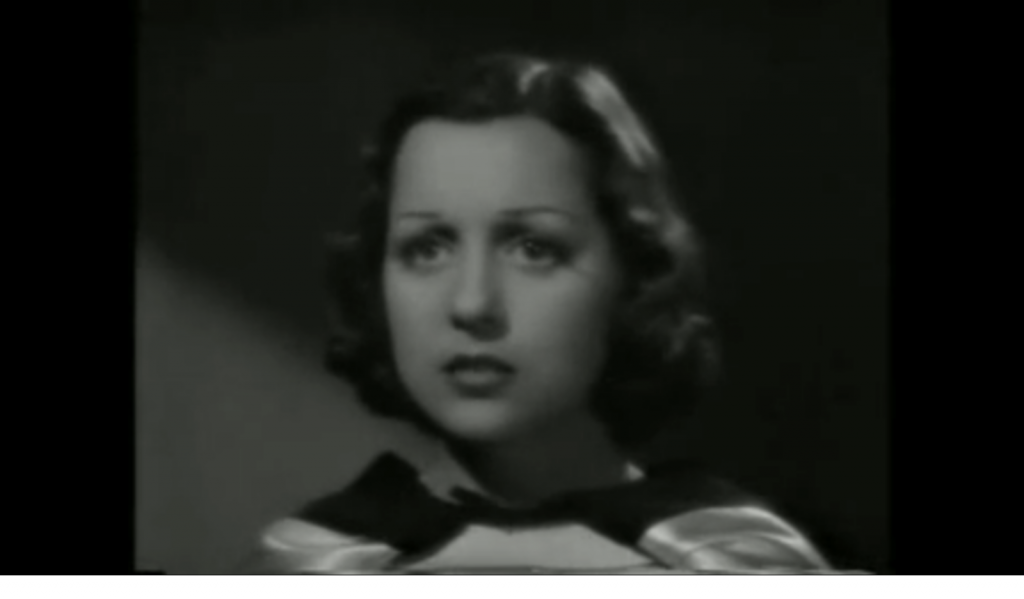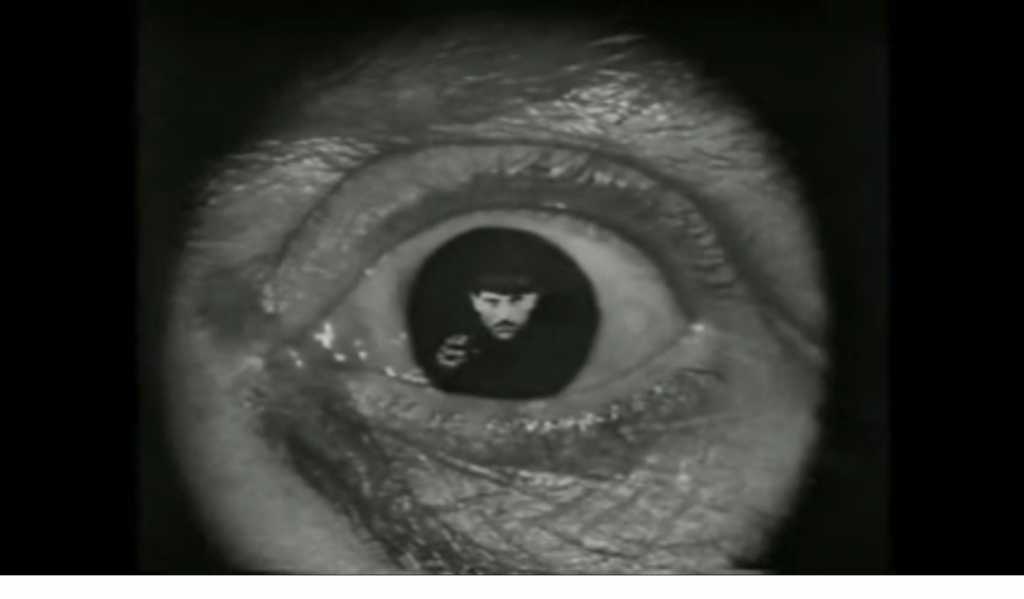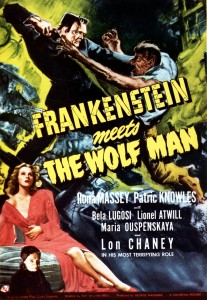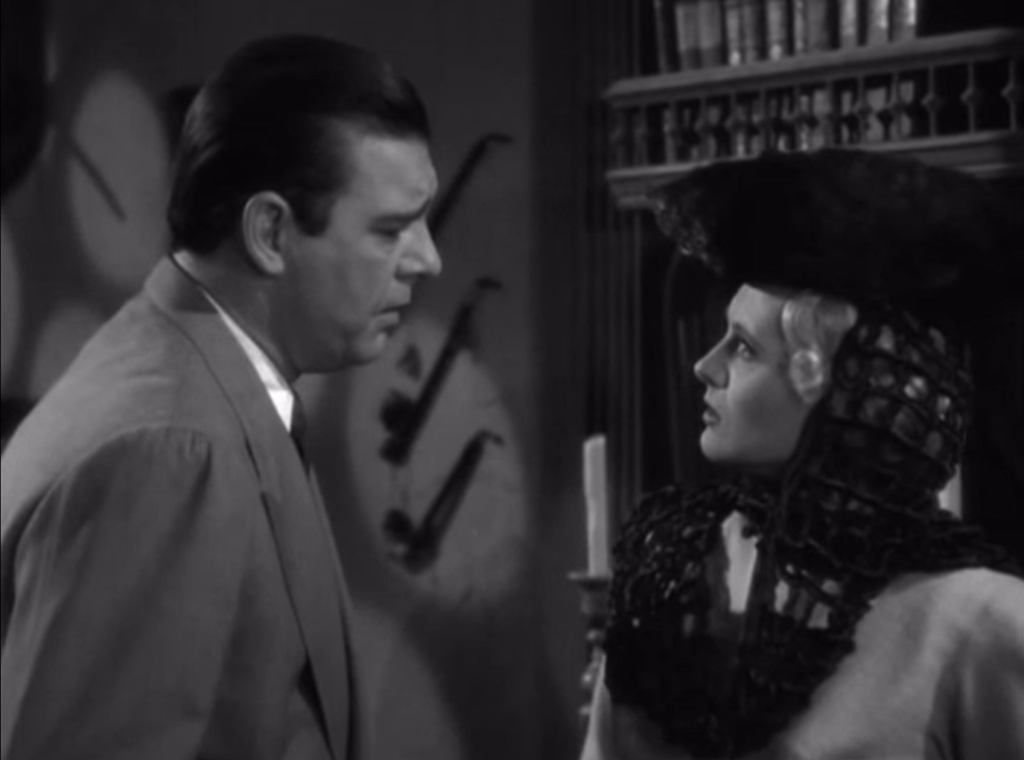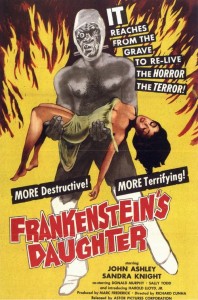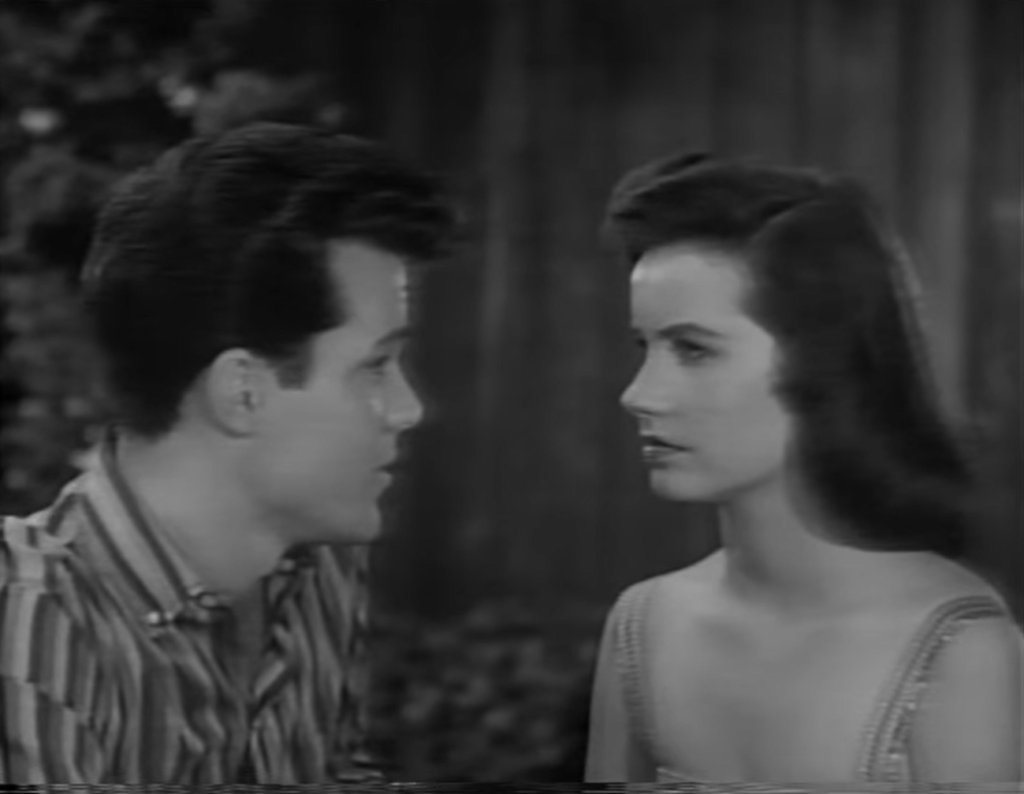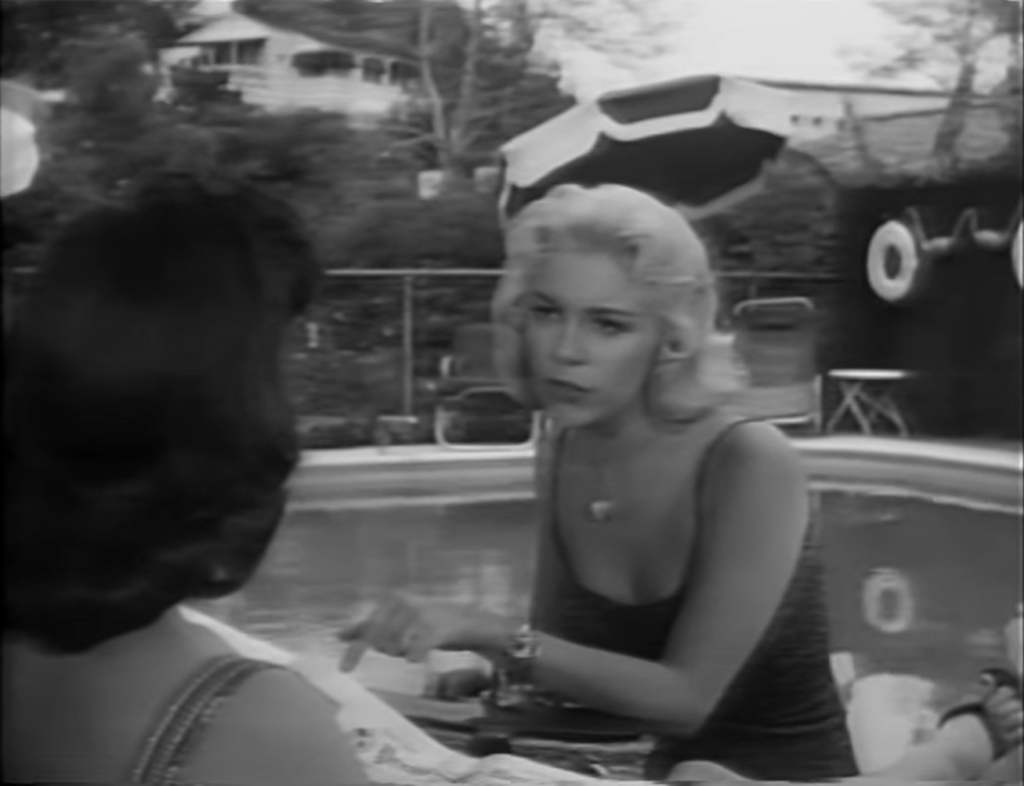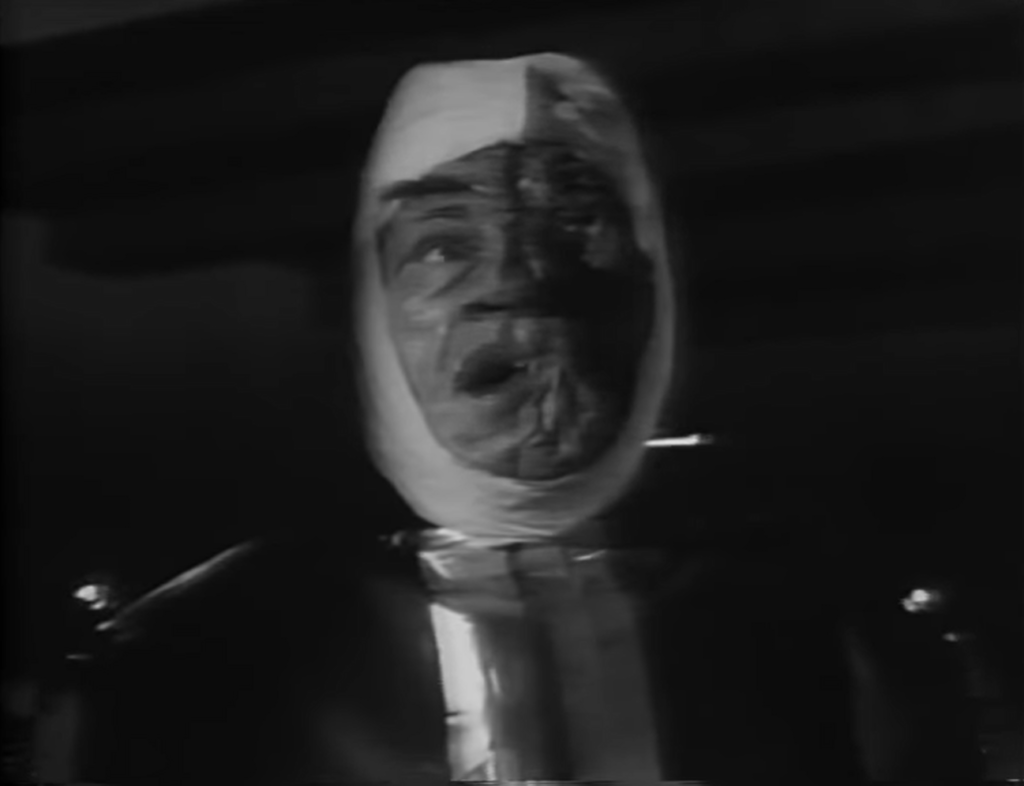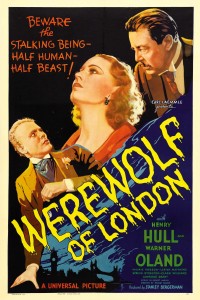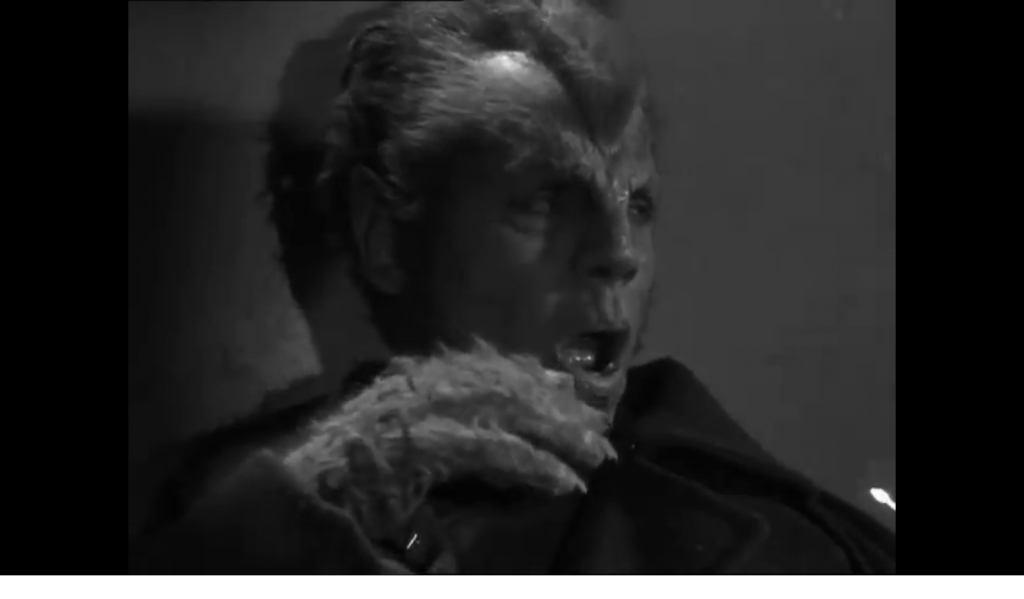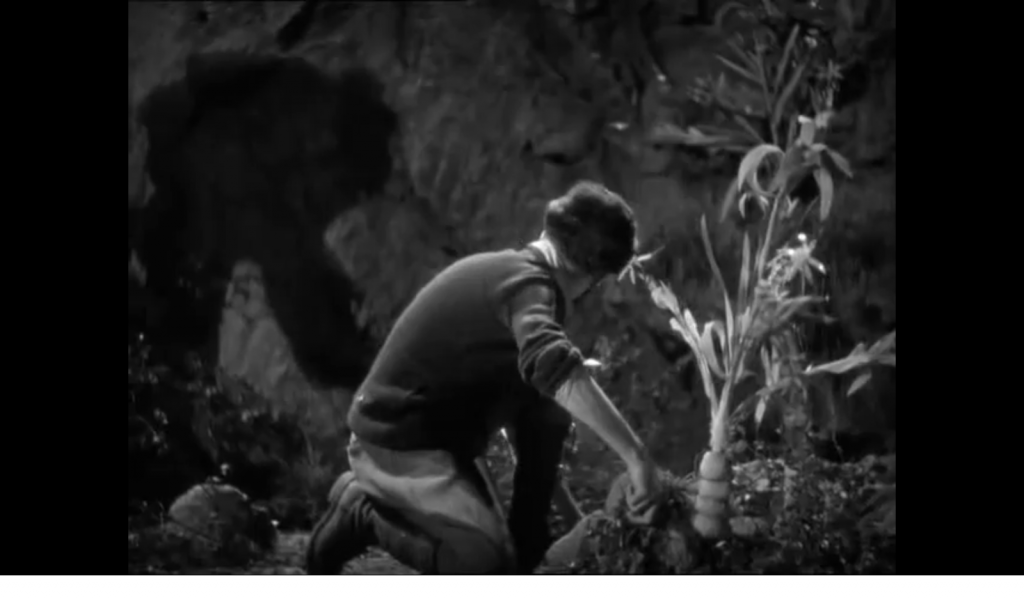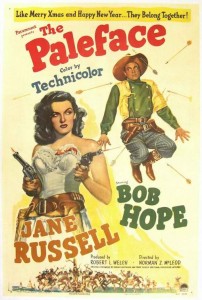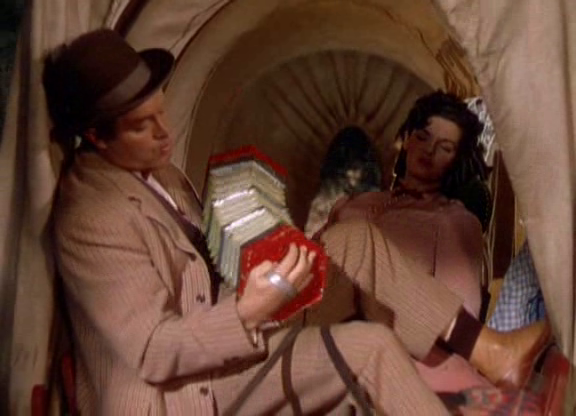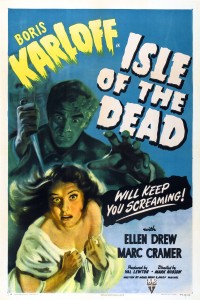Rope (1948)
“The power to kill can be just as satisfying as the power to create.”
|
Synopsis: |
|
Genres, Themes, Actors, and Directors:
Response to Peary’s Review: Unfortunately, while the film’s technical bravado excuses its staginess, it only partially hides the storyline’s more obvious flaws — most notably the fact that Stewart’s character boldly preaches an outrageously Nietzschian philosophy (“After all, murder is — or should be — an art”, he says; “And, as such, the privilege of committing it should be reserved for those few who are really superior individuals.”), then acts horrified when his impressionable young charges carry out exactly the actions he has just condoned. (Apparently he takes issue with the young men’s positing of themselves as “superior individuals” — but who, pray tell, WOULD fit this bill in his eyes?!?) On the other hand, while some believe that Hitchcock should not have chosen to show the murder itself taking place as the film opens — instead allowing viewers to remain in suspense about whether the duo actually committed the crime — I don’t believe this negatively impacts the storyline, which remains inherently suspenseful simply given the omnipresence of the chest where Hogan’s freshly killed corpse has been placed. Peary makes an interesting observation near the end of his review, noting that it’s “tough to be in [the] audience” while watching such “morbid subject matter” because, “while you despise the two killers, for some reason you hope the crime goes unresolved”. Actually, I find it difficult to truly “despise” Granger’s character, who — unlike the “arrogant Dall”, “immediately feels woozy [and] guilty” about what he’s done. To that end, it’s clear from the get-go that the sociopathic Dall is the dominant partner in this thinly veiled homosexual partnership, and that Granger has likely been bullied somehow into committing the murder. It’s interesting to contemplate what kind of different impact the movie would have if: a) Dall and Granger’s characters were written as more openly homosexual, and b) Stewart’s character were portrayed as a homosexual as well (given that this was Hamilton’s original intention). At the very least, it would add another level of tension and thematic interest — though in some ways, of course, it’s refreshing NOT to see two cold-blooded murderers overtly portrayed on-screen as gay, given all the implications that would engender. Redeeming Qualities and Moments: Must See? Categories
(Listed in 1001 Movies You Must See Before You Die) Links: |
